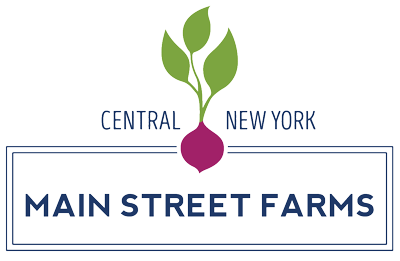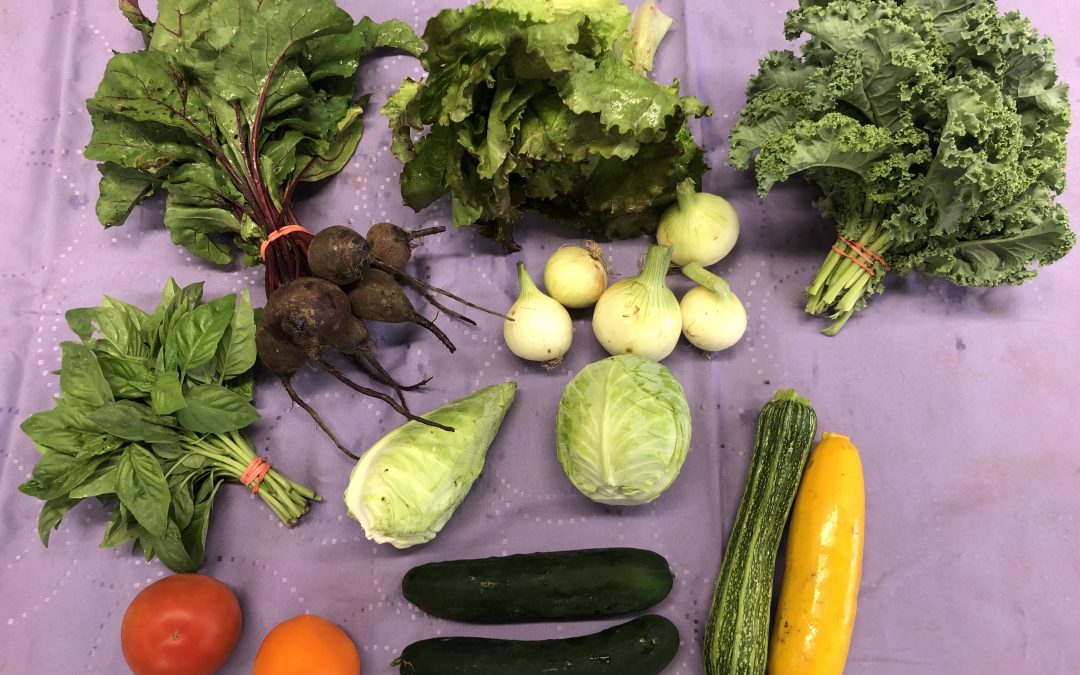
The abundance of local produce is upon us and we still have delicious gifts yet to receive from this year’s growing season. While there may never be a thing as “too many veggies”, there comes a time for me, usually as I bite into a crisp carrot as I unpack my CSA haul, in which I experience a brief sense of loss as I realize autumn, and eventually winter, is coming. Maybe I need to live more in the moment, but it’s at this juncture in time that I get the urge to start pickling, fermenting and canning all with high hopes that I will be able to bite into a crisp carrot in the middle of January; a brief reminder of summer in the dead cold of winter.
Pickling, fermenting, jarring and canning were once a necessity… that is if you wanted to keep food around longer, be able to digest tougher digesting foods easier, or be able to eat fruits and vegetables in the colder months. These preserving methods were done diligently, with fragrant spices if available, creating recipes generation’s would pass along. ‘Grandma’s Pickles’ are truly Great Great Great Grandma’s Pickles. Although a process, these methods preserve your summer wealth of crops, your gardening labors of love and your family connections.
While you can probably pickle or preserve just about anything in a vinegar, oil, or salt solution, obviously some things taste better than others due to the preparation. Don’t let these techniques seem daunting. There are thousands of recipes online, in books, or written on an index card tucked away in the corner of your Grandma’s kitchen.
Vinegar pickling or quick pickling is probably one of the easiest ways to start, and after a CSA pickup, you can have plenty of options with which to experiment. Cucumbers, radishes, carrots, beets, peppers, onions, garlic, and fennel are some of the most common to quick pickle. Are their health benefits to pickling? Yes, you are essentially preserving many of their nutrients for a longer period of time. Plus the brine or cure (the liquid mixture you create) has benefits as well. The acidity of vinegar can be an excellent digestive stimulant for your organs; encouraging good amounts of stomach acid and pancreatic enzymes. Salt is an excellent source of minerals, being prime subjects in bodily functions from muscle contraction to metabolism to cell health. So be sure to choose good sources for these ingredients.
The fermentation process uses sugar and salt to preserve it’s subject. The sugar is transformed into lactic acid by good bacteria… that’s that wham-bam thank you ma’am tang you taste when eating fermented foods. In this environment the good bacteria multiply, the bad bacteria die (unless they become exposed to air or the salt concentration is undesirable). Most of the species in fermented foods are from the Lactobacillus family, but the bacteria Leuconostoc mesenteroides gets the fermenting process started as it breaks down glucose and fructose to lactic acid, acetic acid, ethanol, CO2 and other flavor compounds. Now the really cool thing is, the bacteria change throughout the life of the food as it ferments. So potentially you could have many types of different bacteria throughout the fermentation cycle of your homemade sauerkraut (eat it throughout the cycle to get these good bugs!). Lactobacillus planetarum is the strand that is most noted in fermented vegetables like sauerkraut. One of it’s super powers is that it creates its own antibiotics like lactolin and it makes lysine- an amino acid necessary for muscle repair.
Fermentation literally makes a living food. And living or recently living foods keep us humans living…vibrantly! These good bacteria are magical creatures for your gut health, strengthening the digestive process, assisting in absorption and production of nutrients, and supporting your immune system. Again, you can experiment and find excellent test subjects at your weekly CSA to ferment.
These food processing techniques are among the simplest and longest standing methods in the history of food processing. They require a little time, some experimentation, and a few supplies. But the result is a collection of your efforts, your heritage and purpose; lined up jars of vibrantly colored delicious foods full of health potential. Now that is true wealth.
This post was written by a nutritionist, our friend Amy Carlson from Good Guts Wellness. If you want to know more about Amy, check out goodgutswellness.com.


